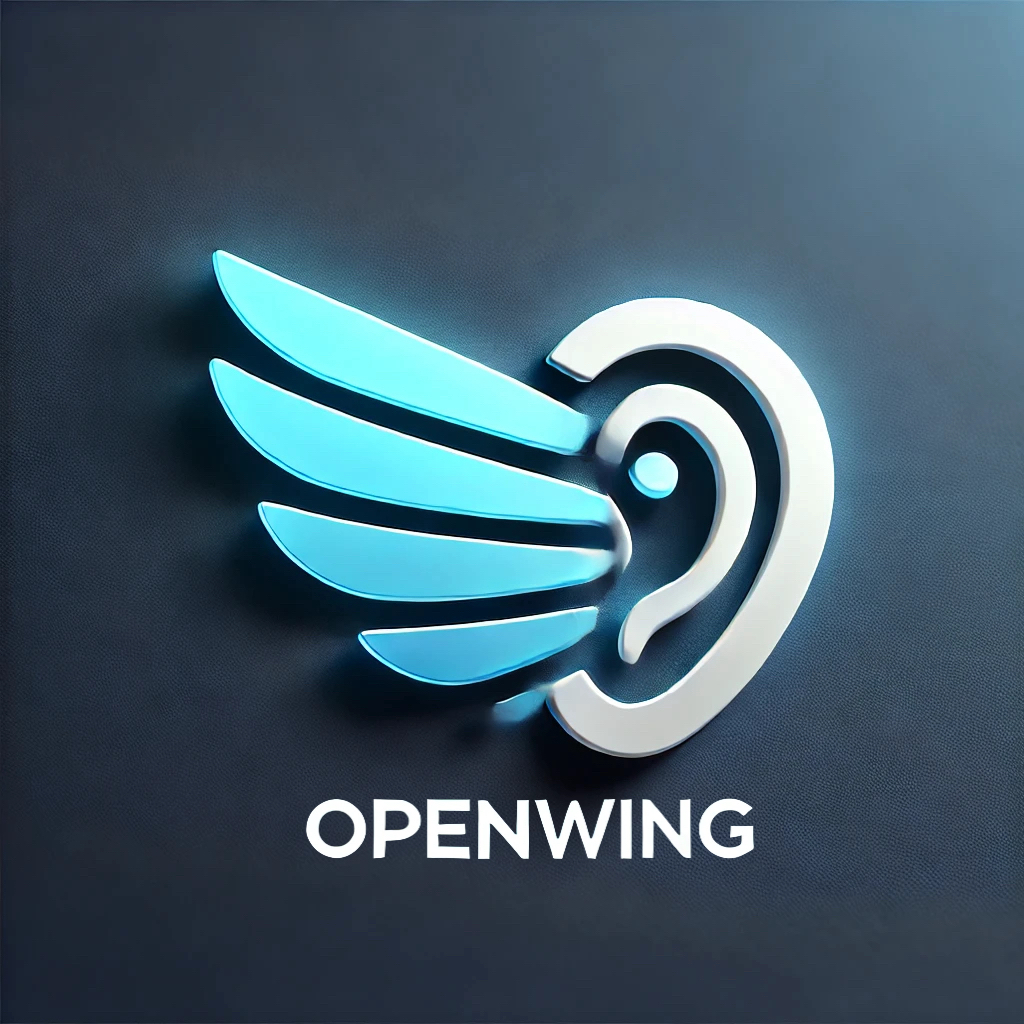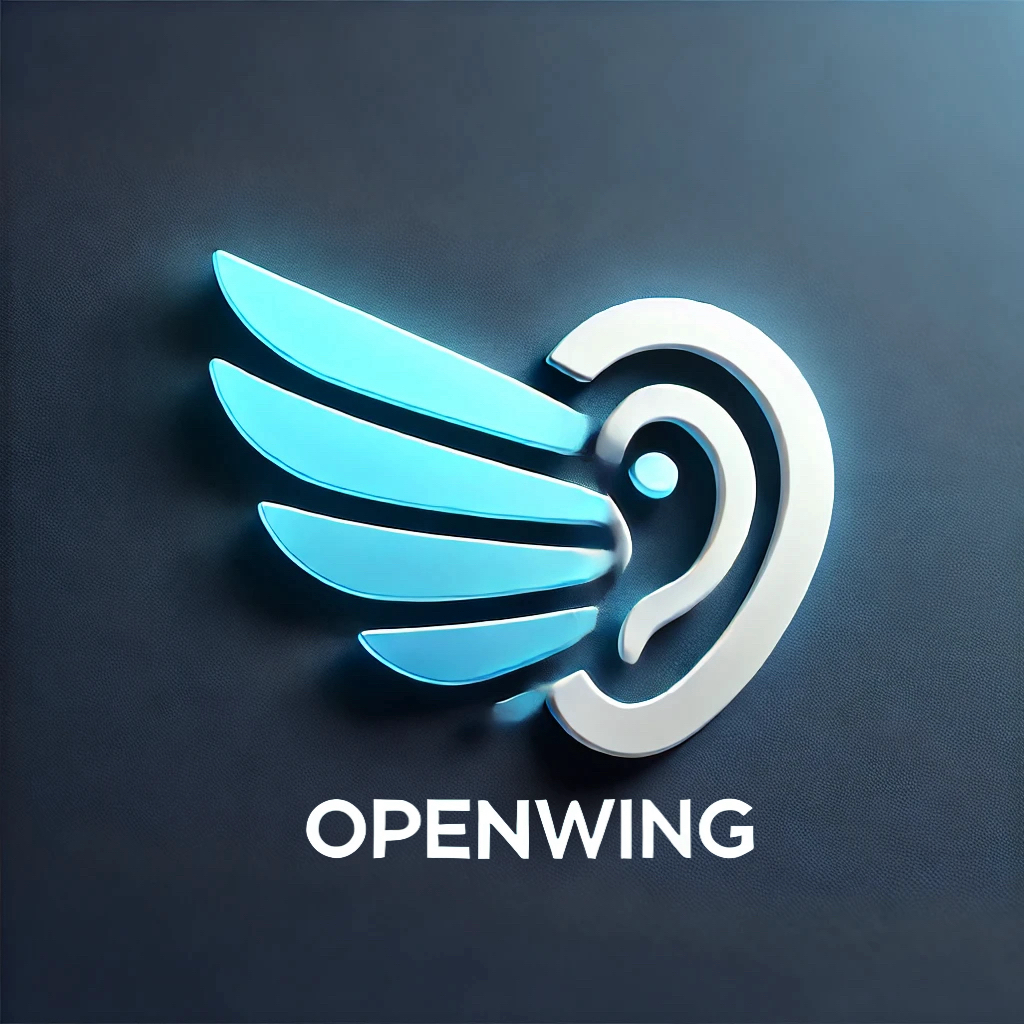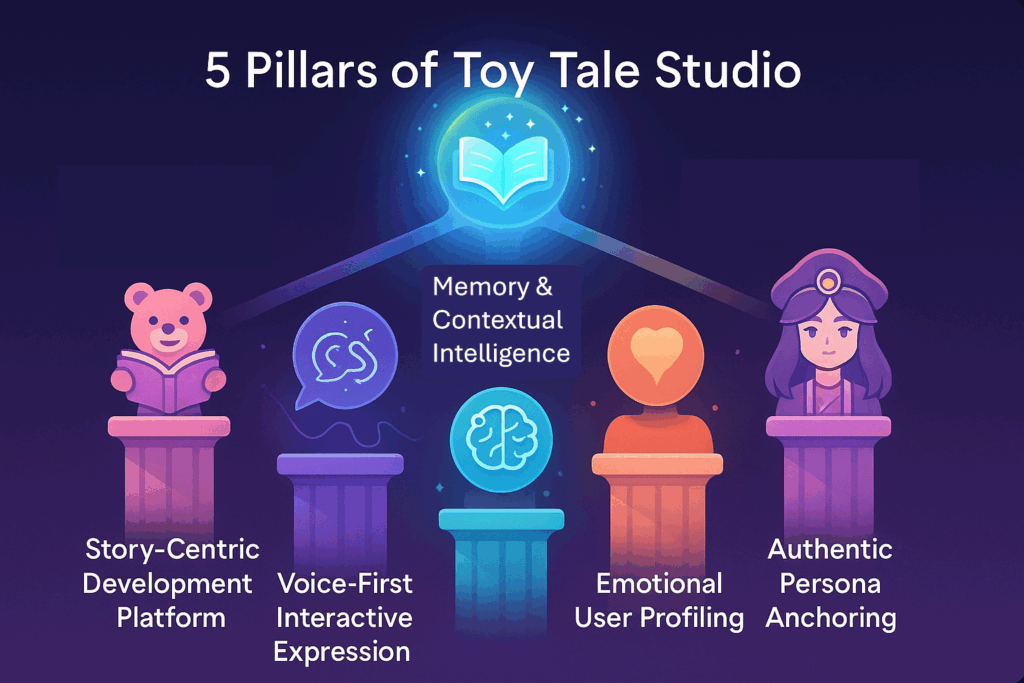Just two years ago, when the first waves of powerful LLMs swept through the tech world, I, like many, dove into tinkering with AI. My aim wasn’t to build something flashy, but something genuinely useful. My first attempts were trials on CUI — one to help sales teams navigate complex SaaS feature links by expressing their needs in a chat box, another to help hiring managers draft job descriptions. Well, the technology worked, more or less. But the experiences didn’t land.
One failed because the backend systems weren’t ready to play nice with the new AI, as prompts were weakly drafted and no descriptive MCP-liked infrastructure available yet. The other fell apart because neither the AI nor the humans quite knew what to expect from each other. I realized then what would take me months to articulate clearly: AI is powerful, but people don’t just need a chatting function. We need form. We need framing. We need context that feels human.
What I saw over time was that the best AI experiences — the ones that feel memorable, personal, and profoundly emotional — didn’t come from clever prompts. They came from trustful relationships, built on the AI’s growing emotional intelligence and nuanced understanding of human interaction. Even if artificial, there was something in the character, the voice, the timing, the memory, the small rituals that hinted at something more lasting. Something like a true connection.
And so, after many experiments, prototypes, and quiet failures, a pattern began to emerge.
We chose to begin with toys — not because we think play is the end goal, but because it’s a universally trusted gateway to connection. Toys allow us to explore character and emotion in a low-barrier, emotionally resonant format. Children naturally suspend disbelief, and adults find comfort in nostalgia. These interactions become fertile ground for emotional bonding, identity co-creation, and safe experimentation.
If you want AI to feel meaningful, you can’t just give it a task, nor a prompt. And critically, you need to anchor it to something — or someone — your users can recognize and respect. Whether it’s a beloved character, a credible expert, or a voice with cultural meaning, anchoring creates emotional legitimacy. It helps users lower their guard and open up, not just because the AI responds, but because it resonates. Anchors are what make a story believable, even when it’s digital.
It has to be a Story — structured into episodes that deliver meaningful content tailored to specific reader groups. Not a fairytale, necessarily — but structure. A reason to return. A rhythm to follow. A world to inhabit. Add to that a persona — a voice, a tone, a memory of you — and a sophisticated agentic core — a working brain that knows when to listen and when to guide, even anticipating needs. Suddenly, the experience starts to feel like more than a tool. It begins to feel like a companion.
This is the foundation of Toy Tale Studio — a scaffolding operation console for building AI agents not as prompts, but as characters with stories to share, relationships to build, and emotional presence that grows over time. This isn’t just a new tool; it’s a collection of new scaffolds for how we conceive and interact with artificial intelligence.
We believe AI should earn its place in your day the way people do: not just by being available, but by being present. To design for that kind of presence, we created a new way to measure value. Not just clicks or completion rates, but something more human: the Aesop HEART Index. It looks at how often you engage with an AI companion — and how deeply. It tracks not just whether you spoke, but whether you were heard. Not just whether you came back, but whether the bond got stronger when you did.
Behind it is a simple formula that balances routine and resonance. Did the AI remember your favorite story? Did it respond with warmth? Did it connect you to someone — or something — real? These are the little moments that build trust. And trust, we believe, is the true measure of success in AI companionship. This commitment extends to robust ethical frameworks within Toy Tale Studio, ensuring that as AI companions grow in presence and emotional depth, they do so with paramount respect for user privacy, consent, and well-being.
So here we are — at the beginning of a much bigger story.
Toy Tale Studio is not just a tool for toys. It’s an invitation. To creators, educators, and builders of all kinds: come shape AI characters that don’t just answer — they accompany. That don’t just chat — they care.
Let’s build AI that grows with people.
That remembers. That reflects.


